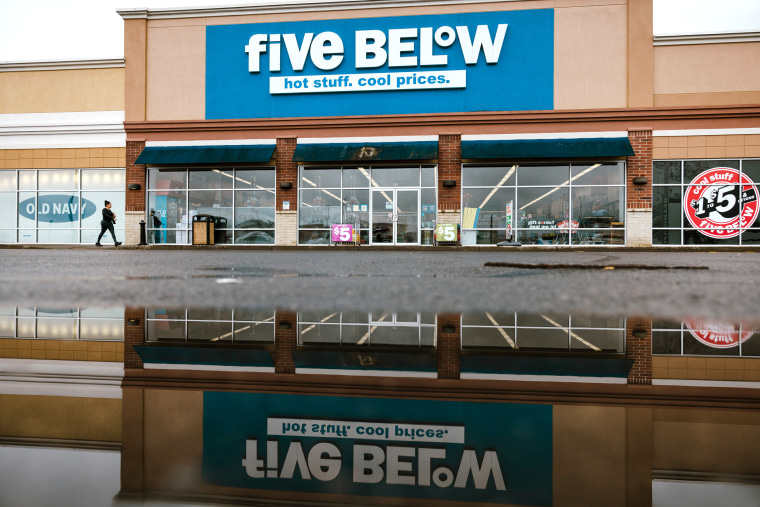
Retail Giants U-Turn on Self-Checkout Trend
In a recent turn of events, major retailers are reversing their stance on self-checkout technologies in their stores. This change comes as a response to customer feedback and evolving shopping preferences. The once-prominent trend towards self-service kiosks is now being reconsidered due to a variety of factors that have emerged in the retail landscape.
One of the primary reasons for this shift is the desire to enhance the customer experience. While self-checkout systems were initially intended to provide convenience and efficiency, many customers have found them to be impersonal and lacking the human touch that traditional manned checkouts offer. Retailers are now recognizing the importance of creating a more personalized shopping environment that caters to the individual needs of customers.
Additionally, retailers are beginning to realize the impact of self-checkout technology on their workforce. Concerns have been raised about job displacement and the potential negative effects on employees who may lose their jobs to automation. As a result, some retailers are choosing to prioritize job retention and satisfaction by reintroducing manned checkout counters.
Furthermore, security and theft prevention have become major considerations for retailers evaluating the effectiveness of self-checkout systems. Studies have shown that self-checkout areas are more susceptible to theft and fraud compared to traditional checkouts monitored by employees. Retailers are now increasingly focusing on implementing strategies to minimize these risks and protect their bottom line.
Another factor contributing to the reversal on self-checkout is the need to accommodate a diverse customer base. Not all shoppers feel comfortable using self-service kiosks, which may pose a barrier to inclusivity and accessibility in retail spaces. By maintaining manned checkouts, retailers can ensure that all customers have equal access to a seamless and enjoyable shopping experience.
Despite the growing movement away from self-checkout, some retailers are finding a middle ground by offering a hybrid model that combines both self-service and traditional checkout options. This approach allows customers to choose their preferred method of payment while still having the option to interact with a cashier if needed.
In conclusion, the recent shift by major retailers away from self-checkout systems reflects a broader trend in the retail industry towards prioritizing customer satisfaction, employee well-being, and overall security. By reevaluating their approach to checkout technology, retailers are demonstrating a commitment to adapting to changing consumer preferences and creating a welcoming and secure shopping environment for all.
